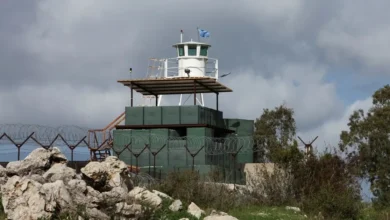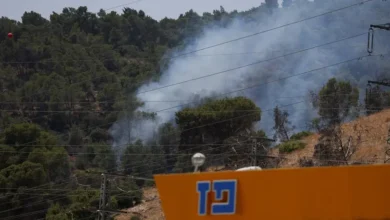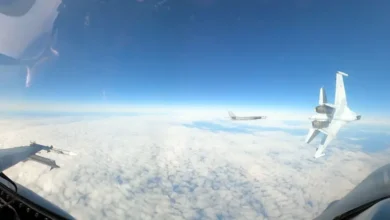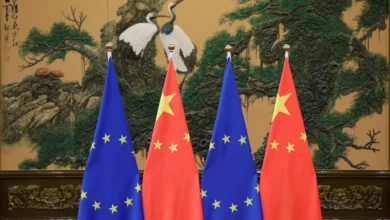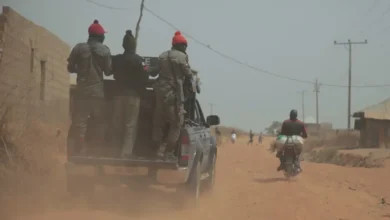UN says organised crime shifting drugs routes in Southeast Asia
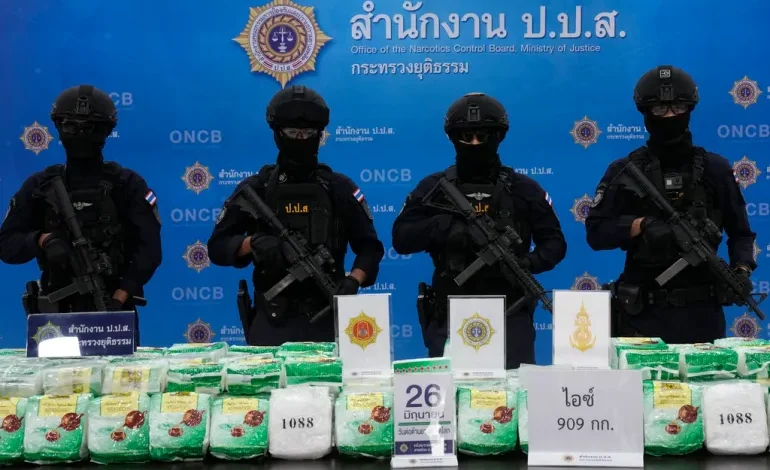
The synthetic drugs market in Southeast and East Asia is becoming more diverse, the United Nations has warned, and drug trafficking syndicates are using new smuggling routes to ship large quantities of methamphetamine and other drugs throughout the region.
Close to 151 tonnes of methamphetamine was seized in Southeast and East Asia last year, as well as a record 27.4 tonnes of ketamine, marking a 167 percent increase in the seizure of the powerful sedative compared to 2021, the UN Office on Drugs and Crime (UNODC) said on Friday.Launching its latest report on the situation of synthetic drugs in the two regions, the UNODC noted that record methamphetamine seizures have been logged almost every year in Southeast and East Asia over the past decade though 2022 showed a levelling in drugs seized back to pre-COVID-19 quantities. But this may have less to do with reduction in production and supply than traffickers turning to new smuggling routes to avoid interception.
In an attempt to circumvent detection, organised crime groups in the Golden Triangle – the largely lawless region where the borders of northern Thailand, Myanmar and Laos meet – have moved considerable amounts of crystal methamphetamine through the central region of military-controlled Myanmar to the Andaman Sea, UNODC said. This was in addition to the hauls that continue to be smuggled through northern Thailand and Laos.
“Transnational organised crime groups anticipate, adapt and try to circumvent what governments do, and in 2022, we saw them work around Thai borders in the Golden Triangle more than in the past,” Jeremy Douglas, UNODC regional representative for Southeast Asia and the Pacific, said in a statement.Commenting on the new routes through central Myanmar, where the military is engaged in an intensifying military campaign against pro-democracy forces, Douglas said: “It seems few were looking” in that particular direction.
“Supply within central Myanmar itself significantly expanded, and traffickers quietly started moving product to the coastlines – supply quite literally sailed by on the Andaman Sea,” Douglas notes in the report.
Control of territory and the freedom to produce and distribute from locations dominated by organised crime groups and partners in the armed groups that proliferate in the Golden Triangle region has allowed drug producers to “massively increase and diversify supply for the purposes of market expansion and domination”, Douglas said.
“In other words, the most powerful regional trafficking networks are able to operate with a high degree of certainty they can and will not be stopped, and they are able to dictate the terms and conditions of the market as a result,” he said.
While the Golden Triangle and Myanmar’s Shan state continue to be a centre of synthetic drug production and opium cultivation in the region, organised crime gangs are also protecting themselves against risk by setting up new production centres elsewhere, Cambodia being an example, according to the UNODC.
